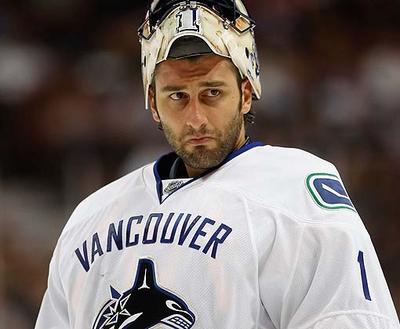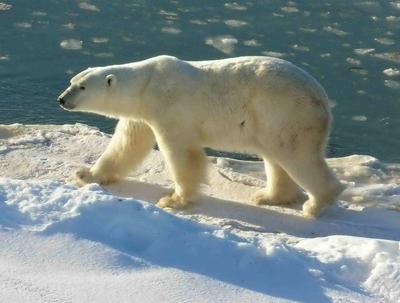In 1980, three years after having his leg amputated as a result of bone cancer, Terry Fox’s dream came to fruition. It was a lofty goal that not many initially believed he could accomplish – to run across Canada to raise money and awareness for the fight against cancer. After leaving St. John’s on April 2, he ran about 42 kilometres a day for 143 days until chest pains forced him to stop just past Thunder Bay. The cancer had spread to his lungs. Though he died on June 28, 1981, Fox’s inspiration lives on in the annual Terry Fox Run.
Native rights hurtled into the public eye during the “Oka Crisis” in 1990. The Oka Crisis was a land dispute that erupted when the town of Oka, Quebec attempted to expand a golf course into what a Mohawk group claimed was a burial ground. Quebec soldiers were called in to intervene with their protest. Here, Private Patrick Cloutier and Mohawk warrior Brad Larocque face off.
In the last 34 seconds of game 8 in the 1972 Summit Series against the Soviet Union, Paul Henderson changed hockey in Canada forever. He scored the winning goal in games 6 and 7 as well in a viciously competitive Us vs. Them series. But it was the one in game 8 that became known as the “Goal of the Century.”
When five-year-old Warren “Whitey” Bernard reached for his father’s hand in British Columbia in 1940, he didn’t know he was making history. The photo became a symbol of WWII and eventually, the reason for Whitey's recruitment as a representative for the Canadian military. Whitey went on to star in War Bond drives throughout WWII, encouraging Canadians to buy bonds. (credit: Claude Detloff, from iconicphotos.wordpress.com)
The last spike of the Canadian Pacific Railroad (CPR) was ceremonially driven into the ground by Donald Alexander Smith in Craigellachie, British Columbia on November 7, 1885. The completion of the CPR was a unifying achievement for Canada as the railroad connected British Columbia to eastern Canada.
Over 100,000 people rallied for national unity in Montreal’s Dominion Square on the eve of a referendum to separate Quebec from Canada in 1995. Though the resulting referendum was an extremely close call, the protestors got what they wanted as the “No” vote for Quebec sovereignty won with 50.56 per cent
In 1973, Prime Minister Pierre Trudeau scooped up his son Justin and carried him like a football while an RCMP officer saluted him. Arguably the most beloved of Canada’s prime ministers, the photo showcases Trudeau’s well-known playful and charismatic nature.
The Canadarm was the first Shuttle Remote Manipulator System. The robotic device was launched in 1981 to retrieve and deploy space hardware in the payload bay of space shuttles and satellites. The Canadian government’s original $108 million investment in the Canadarm made almost $700 million in export sales, and “marked the beginning of Canada’s close collaboration with NASA in space flight,” says the Canadian Space Agency.
Until WWI, chemical warfare and poison gas had not been used because they was considered ungentlemanly weapons. Canadians were present at the Battle of Ypres in 1915, when chlorine gas was first used by the German army. As the war went on, more poisonous gases were unveiled by both sides to keep enemies guessing.



























































